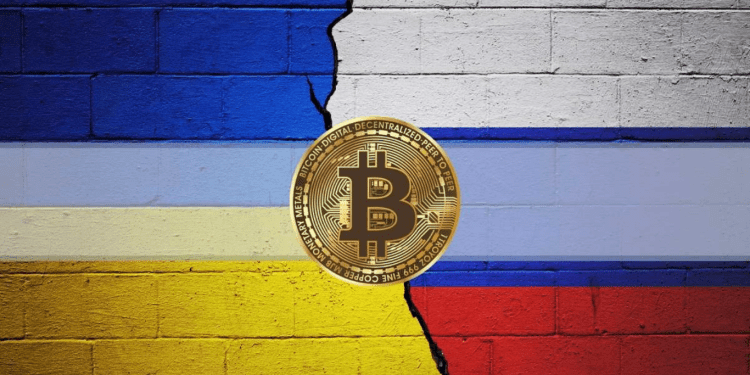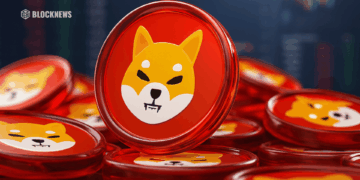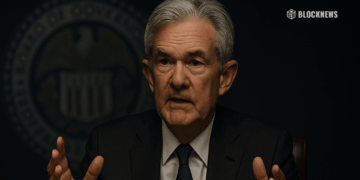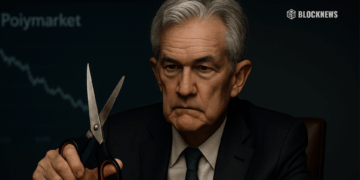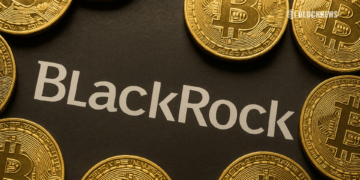The Russia-Ukraine conflict has tested the capabilities of crypto in a real-world battle where sanctions and inventive blockchain crowdfunding models abound.
The war, which is drawing into its ninth month, has uncovered a raft of blockchain benefits, such as the capacity to support humanitarian endeavors. It has also revealed how much control national authorities can exert over crypto networks.
Vadym Synegin, the co-founder at IT and crypto solutions provider Tecor, said that cryptocurrencies have a unique advantage in situations where there is an increased risk of money transfer interruptions due to the centralization of conventional systems.
“With most markets controlled by centralized authority figures that can easily buckle under the political tensions, the crypto markets remain more or less decentralized, meaning that their operational efficiencies during periods of crisis are further enhanced,” he said.
So, what other aspects have the Russia-Ukraine conflict revealed about crypto?
Crypto Donations for Humanitarian Aid
The Russia-Ukraine conflict has shown that cryptocurrencies can be used for fundraising in military conflicts. Notably, the Ukrainian government began accepting crypto donations at the beginning of the year to enhance donor inclusivity, which led to the creation of the Crypto Fund of Ukraine.
The nation’s Ministry of Digital Transformation is currently in charge of the fund, which was set up in conjunction with Kuna, FTX, and Everstake to bolster Ukraine’s humanitarian aid and military programs. The project has enabled the Ukrainian government to raise over $100 million in cryptocurrency donations.
That said, some pro-Ukraine crypto fundraising groups have turned to novel crypto instruments such as decentralized autonomous organizations (DAOs) to raise funds for the nation.
The UkraineDAO, which is among the most prominent of the lot, was created in February for the sole purpose of providing monetary support to Ukrainian soldiers. The project’s co-founders include Russian critic Nadya Tolokonnikova, also a founding member of the Pussy Riot feminist protest group. Other UkraineDAO founding members include PleasrDAO and Trippy Labs, a generative NFT studio. The project has raised over $8 million so far.
Among the most notable successes of the UkraineDAO was the recent sale of a nonfungible token (NFT) of the Ukrainian flag that fetched just over $6 million in Ether. It is currently ranked among the top 20 most expensive NFTs.
Kayla Kroot, the co-founder of the Koii Network, regarding the current use of crypto in the Ukraine situation. Her company is involved in developing novel blockchain models, including Web3.
According to the executive, cryptocurrencies have enabled citizens caught up in the war to maintain access to their money during these trying times:
“Cryptocurrency was developed to help global citizens maintain control of their money.”
Governments Can Limit Crypto
Satoshi Nakamoto, the pseudonymous creator of Bitcoin, developed the first cryptocurrency to devolve the control of money away from governments and centralized financial institutions. However, the Russia-Ukraine conflict has demonstrated that regional blocs and major jurisdictions can impose bans and exert control over cryptocurrencies.
In October, the European Commission announced sweeping sanctions targeting Russian crypto custodial wallets under the control of European enterprises and exchanges. EU blockchain companies were additionally prohibited from providing crypto custodial services to Russian entities.
The new laws were enacted in response to Russia’s invasion of Ukraine to prevent Russia from evading sanctions.
Previous restrictions placed a trade and deposit limit of up to 10,000 euros on Russian crypto wallets and accounts.
Recent EU crypto enactments have forced some major exchanges, such as Binance and Coinbase, which have operations in Europe, to restrict services to Russian individuals and companies to avoid a regulatory clash.
Other regulated crypto exchanges such as Kraken, Crypto.com, and Blockchain.com have also ceased providing crypto services to Russian citizens.
Meanwhile, Russian authorities need help handling the flurry of crypto wallet prohibitions and the occlusion of Russian central banks from the SWIFT money transfer system. The ban on these systems has effectively locked out the nation from major international financial markets.
Conclusion
The Russia–Ukraine conflict has showcased the use of crypto in community effort settings for the common good. While the Ukrainian government has raised millions of dollars from direct crypto donations, some digital currency fundraising efforts have been undermined by scammers out to make a profit from the war.
More crypto advantages and limitations will likely crop up as use cases emerge in more diverse environments.


